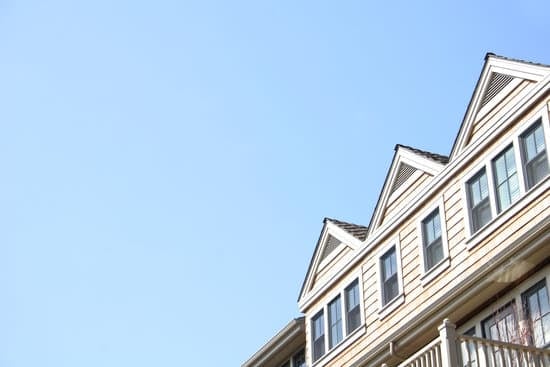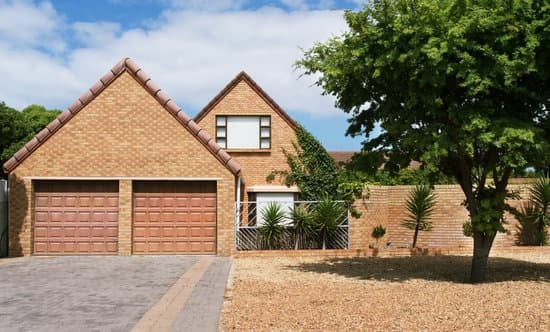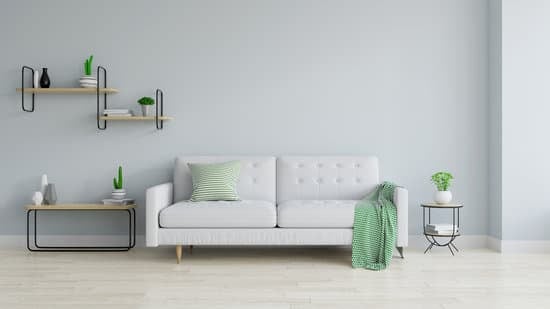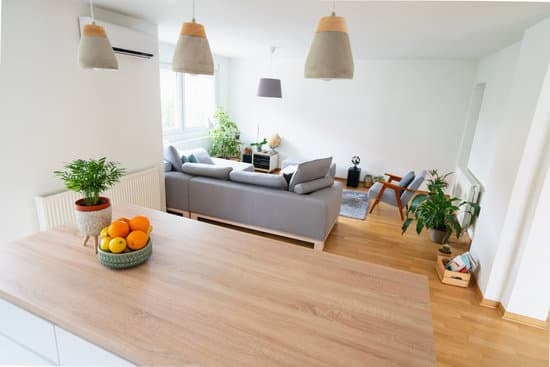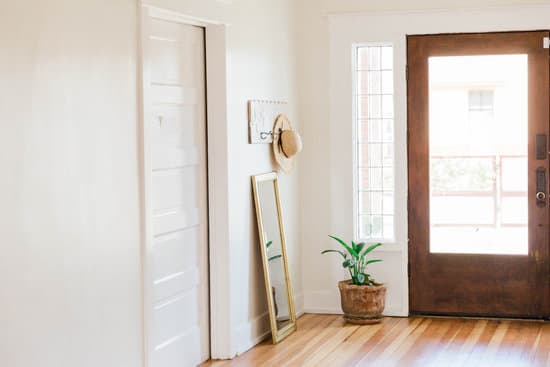Japanese houses are notorious for being cold during winter, and there are a few reasons for this. One major factor is that traditional Japanese houses were designed to endure the harsh summers, which are extremely hot and humid. As a result, the design of these houses is more focused on keeping cool air flowing throughout the home during summer months. This lack of insulation and focus on air flow causes them to be much colder during winter months.
Aside from the design, another reason for the cool temperatures in Japanese homes is the prevalence of mildew and mold in the country. Due to Japan’s geographical location and climate, mold and mildew can easily build up in homes, leading to health issues and respiratory problems. In order to combat this, homes are often aired out and well-ventilated, which can also contribute to the chillier temperatures.
Ultimately, both the design of traditional Japanese homes and the focus on ventilation for mold and mildew prevention can result in a colder environment during the winter months. However, modern technology and construction techniques are being utilized to create more energy-efficient and warm homes in Japan.
